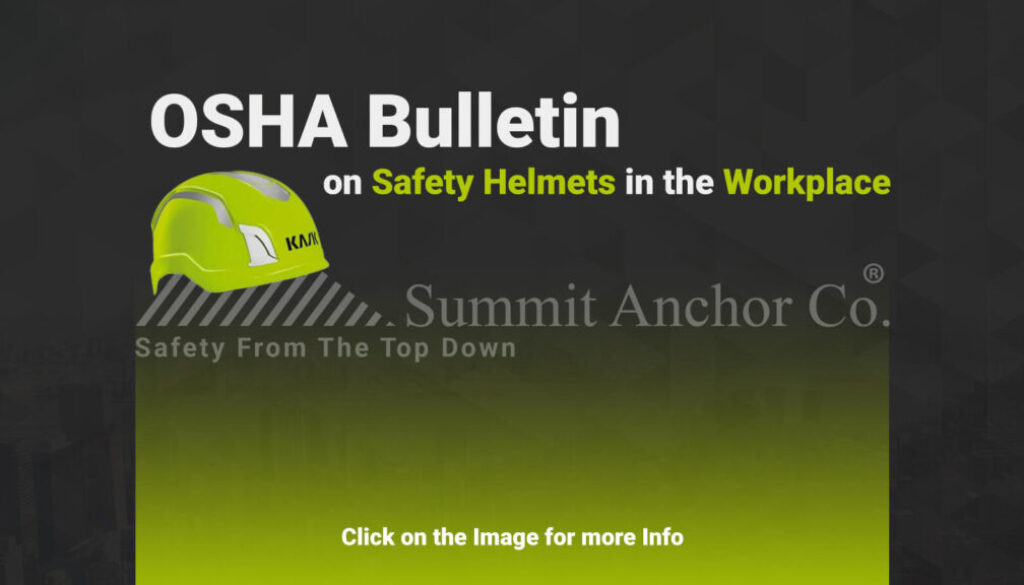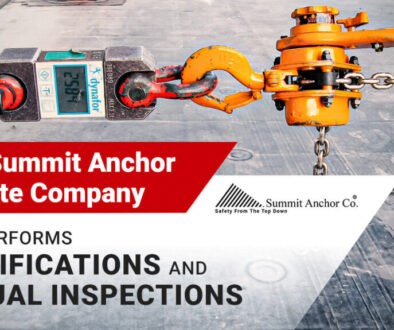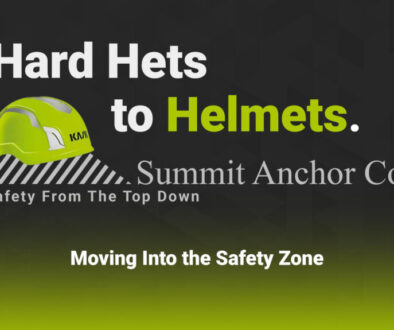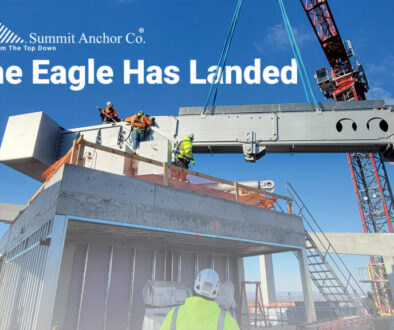OSHA Publishes Guidance on Safety Helmets
Summit Anchor Company is on a mission: to promote safety measures for workers at height. We applaud OSHA’s recently released guidance on safety helmets. We have published OSHA’s guidance below.
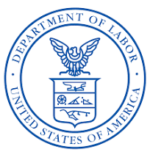
U.S. Department of Labor
Occupational Safety and Health Administration
Directorate of Technical Support and Emergency Management
Head Protection: Safety Helmets in the Workplace
Safety and Health Information Bulletin
SHIB 11-22-2023
Introduction
Workplace safety equipment, including head protection, has evolved over the years. As industries strive to enhance worker safety and reduce the risks of head injuries, more advanced and protective modern head protection, safety helmets, are replacing traditional hard hats. This Safety and Health Information Bullet in (SHIB) presents the key differences between safety helmets and traditional hard hats, describing the advancements in design, materials, and protective features that help to protect the worker’s entire head. This SHIB also provides instructions for properly inspecting and storing head protection, whether it be a safety helmet or a traditional hard hat. With a thorough understanding of the benefits and capabilities of head protection options, employers and workers can make informed decisions on which to use.
Background
The significance of head protection in hazardous work environments cannot be overstated. For decades, traditional hard hats have been the go-to choice for protecting workers’ heads. Made of rigid materials like high-density polyethylene, traditional hard hats provide a basic level of protection. However, as technology and scientific understanding of head injuries have advanced, safety helmets (see Figure 1) now provide further improvements to enhance worker safety and reduce the risk of severe head trauma.
One of the differences between traditional hard hats and safety helmets lies in their construction materials. While hard hats are made of hard plastics, safety helmets incorporate a combination of materials, including lightweight composites, fiberglass, and advanced thermoplastics. These materials not only enhance impact resistance but also reduce the overall weight of the helmet, reducing neck strain and improving comfort during extended use. In addition, all safety helmets include a chin strap that, when worn properly, maintains the position of the safety helmet in the event of a slip, trip, or fall.
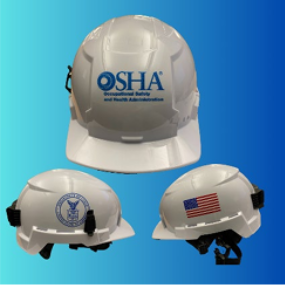
Figure 1 – Example of safety helmet.
One of the differences between traditional hard hats and safety helmets lies in their construction materials. While hard hats are made of hard plastics, safety helmets incorporate a combination of materials, including lightweight composites, fiberglass, and advanced thermoplastics. These materials not only enhance impact resistance but also reduce the overall weight of the helmet, reducing neck strain and improving comfort during extended use. In addition, all safety helmets include a chin strap that, when worn properly, maintains the position of the safety helmet in the event of a slip, trip, or fall.
Moreover, safety helmets can incorporate an array of additional features designed to address specific workplace risks. Many models include add-on face shields or goggles to protect against projectiles, dust, and chemical.
OSHA Safety and Health Information Bullet in: Head Protection: Safety Helmets in the Workplace splashes. They may also have built-in hearing protection and communication systems to facilitate clear communication in noisy environments, enabling workers to stay connected and safe. However, head protection with integrated technology may not be suitable for some workplaces.
Employers should evaluate workplace hazards to determine the most appropriate head protection for each situation. If head protection is needed for the job, employers should consider investing in better head protection with safety helmets to better protect their workers. According to the Bureau of Labor Statistics, in 2020, head injuries accounted for 5.8% of nonfatal occupational injuries involving days away from work.
Determining when to use a safety helmet on the job
Employers must conduct a hazard assessment at their job sites and based on the workplace hazards determine whether head protection is necessary. When head protection is needed, employers should consider using safety helmets instead of traditional hard hats so that employees are best protected against occupational head injuries.
Recommended Uses for Safety Helmets
- Construction Sites: For construction sites, especially those with high risks of falling objects and debris, impacts from equipment, or slips, trips, and falls, safety helmets have enhanced impact resistance and additional features that offer superior protection compared to the components and construction of traditional hard hats.
- Oil and Gas Industry: In these sectors where workers face multiple hazards, including potential exposure to chemicals and severe impacts, safety helmets with additional features can provide comprehensive protection.
- Working from Heights: For tasks or jobs that involve working from heights, safety helmets offer protection of the entire head and include features that prevent the safety helmet from falling off.
- Electrical Work: For tasks involving electrical work or proximity to electrical hazards, safety helmets with non-conductive materials (Class G and Class E) provide protection to prevent electrical shocks. However, some traditional hard hats also offer electrical protection.
- High-Temperature Environments: In high temperatures or where there is exposure to molten materials, safety helmets with advanced heat resistant properties can provide additional protection to workers.
- Specialized Work Environments: Jobs that require integrated face shields, hearing protection or communication devices benefit from safety helmets designed with these features or the ability to add them on.
- Specific Regulatory Requirements: Where safety helmets are mandated by regulations or industry standards, employers must comply with these requirements to ensure worker safety compliance.
- Low-Risk Environments: Even in settings with no overhead hazards, safety helmets will provide comprehensive protection, especially if the risks can become more severe.
Steps to properly store and evaluate your head protection prior to each use
Properly storing head protection is crucial to maintain its structural integrity and to prevent damage, ensuring it functions effectively when needed. Inspecting head protection, such as safety helmets, before each use helps OSHA Safety and Health Information Bulletin: Head Protection: Safety Helmets in the Workplace dentify signs of wear, damage, or expiration, ensuring that they are in optimal condition and can provide the necessary protection to reduce the likelihood of head injuries. Always refer to the manufacturer’s guidelines for care, use, and storage. For additional recommendations on how to properly care for your head protection:
- Clean and Dry Head Protection Before Storing: After each use, clean the exterior of your head protect ion with mild soap and water. Ensure there is no dirt, debris, or chemicals that could compromise the head protection’s structural integrity. Once cleaned, allow the head protection to air-dry in a cool, dry place. Avoid exposing it to direct sunlight, extreme temperatures, or corrosive substances during storage. Do not store your head protection in your car, where it may be exposed to extreme temperatures.
- Inspect Shell and Suspension System: Before using your head protection, carefully inspect the outer shell for cracks, dents, or other signs of damage. Run your fingers over the surface to check for any irregularities. Similarly, examine the suspension system (headband and chin strap) for wear and tear, ensuring it is securely attached to the shell and free from any signs of damage.
- Check for Labels and Certification Marks: Look for labels and certification marks inside the head protection. These indicate that the head protection meets the necessary safety standards and requirements. Check that the labels are legible and not tampered with.
- Verify Date of Manufacture: Locate the date of manufacture on the head protection, typically imprinted on the inside. Head protection has a limited lifespan and using expired head protection may compromise its protective capabilities. Refer to the manufacturer’s guidelines for the recommended lifespan of your specific head protection model.
- Examine Accessories and Attachments: If your head protection has additional accessories or attachments, such as face shields, goggles, or earmuffs, inspect them for damage or signs of wear. Make sure they are securely fastened to the head protection and functioning correctly.
- Check for Proper Fit: Before using head protection, ensure it fits comfortably and securely on your head. Adjust the suspension system to achieve a snug fit without excessive pressure points. Head protection should not be too loose or too tight.
- Evaluate for Damaged or Loose Parts: While wearing the head protection, gently shake your head to check for any loose or rattling components. If you notice anything unusual or suspect any damaged parts, refrain from using the head protection and have it inspected by a qualified person.
- Inspect Interior Cushioning: Some head protection features additional cushioning or padding inside for extra comfort and impact absorption. Inspect this interior padding for wear or compression. If it shows signs of deterioration, contact the manufacturer for replacement options.
- Assess Previous Impact Damage: If your head protection has experienced an impact or has been subjected to a significant force, retire it immediately, even if no visible damage is evident. Head protection is designed for single-use impact protection and may not retain its full effectiveness after an incident.
- Keep Records: Maintain a record of each inspection, noting the date, any findings, and actions taken. Regularly document the date of purchase and any relevant information about the head protection to track its lifespan accurately. This is recommended for all personal protective equipment.
Resources
- OSHA’s Website: The website provides a wealth of information on workplace safety, including head protection requirements. Workers can find OSHA standards related to personal protective equipment (PPE) and head protection.
- 29 CFR 1910.132 – Personal Protective Equipment: This OSHA standard covers the general requirements for personal protective equipment, including the provision and use of PPE to protect employees from workplace hazards.
- 29 CFR 1910.135 – Head Protect ion: This specific OSHA standard outlines the requirements for head protection in general industry workplaces. It covers criteria for choosing appropriate head protection and the responsibilities of employers and rights of employees in ensuring compliance.
- OSHA Regional and Area Offices: Workers can contact their local OSHA regional or area offices for assistance and information on head protection requirements specific to their region.
- ANSI/ISEA Z89.1 – Industrial Head Protect ion: This is the ANSI standard that specifies performance and testing requirements for industrial head protection, including safety helmets and hard hats.
How to Contact OSHA
To discuss a health and safety issue at work, contact OSHA toll-free at 1-800-321-6742 (OSHA) or by email, or contact your nearest OSHA office.
This Safety and Health Information Bulletin is not a standard or regulation, and it creates no new legal obligations. The Bulletin is advisory in nature, informational in content, and is intended to assist employers in providing a safe and healthful workplace. Pursuant to the Occupational Safety and Health Act (OSH Act), employers must comply with hazard-specific safety and health standards and regulations promulgated by OSHA or by a state with an OSHA-approved State Plan. In addition, pursuant to Section 5(a)(1), the General Duty Clause of the Act, employers must provide their employees with a workplace free from recognized hazards likely to cause death or serious physical harm. Employers can be cited for violating the General Duty Clause if there is a recognized hazard and they do not take reasonable steps to prevent or abate the hazard. However, failure to implement any recommendations in this Safety and Health Information Bulletin is not, in itself, a violation of the General Duty Clause. Citations can only be based on standards, regulations, and the General Duty Clause.
There are 29 OSHA-approved occupational safety and health State Plans. State Plans are required to have standards and enforcement programs that are at least as effective as federal OSHA’s and may have different or more stringent standards. More information about State Plans is available at: https://www.osha.gov/stateplans.
Summit Anchor Company recently announced that it has transitioned workers from using hardhats to helmets as it leads the way in worker safety. As of August 29, 2022 the company’s field and shop workers switched to KASK brand helmets, a change it hopes better protects workers from fallen objects and impacts from falls.
CONTACT US.
Whether your project is in Athens, Greece or Anchorage, Alaska, or all points in between, we are your full service fall protection provider.
Call Summit Anchor Company today to speak with one of our representatives.
